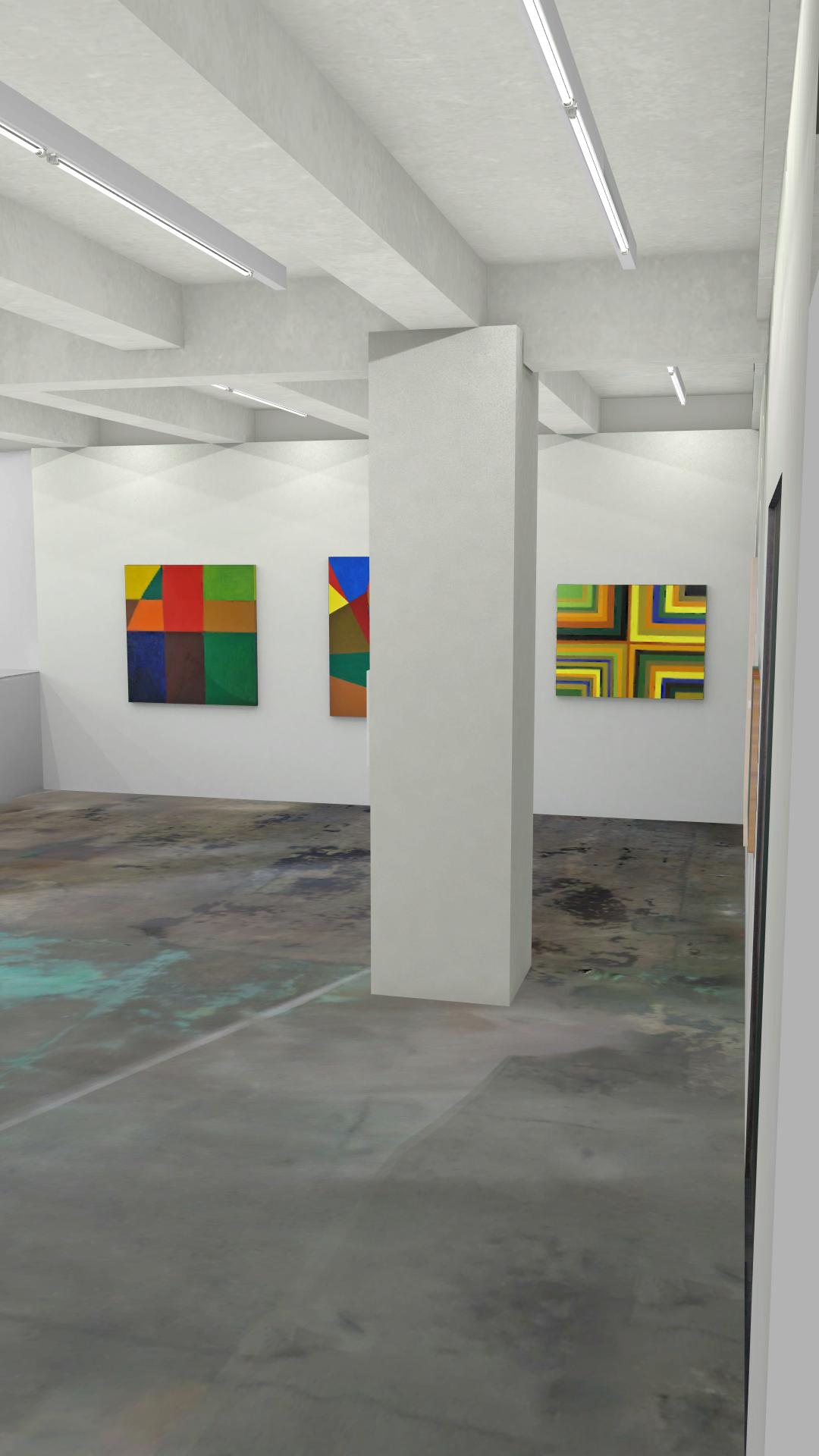

Her paintings were also included in the 1972 Whitney Annual, as well as the 1973 and 1995 Whitney Biennials and were part of High Times, Hard Times: New York Painting, 1967-1975 in 2007. Critical praise, as well as a devoted following amidst her peers, have always accompanied her development.
A press preview will take place on Thursday, October 22, from 2 – 6pm, preceding the show’s accessibility to the public from October 23 – December 19 (Tue – Sat, 10 – 6pm). On Saturday, November 14, the artist will be present at the gallery from 1 – 6pm to welcome friends and members of the public.
Korman published an illustrated catalogue with personal statements to accompany the exhibition, which was previewed by John Yau on HYPERALLERGIC, May 23 2020. You can see the full article further below. The catalogue can be acquired at or ordered from the gallery ($ 25 postage paid).
Korman’s “scrape paintings” which she began in 1969 – large canvases traversed with crayon lines, covered with gesso and then scraped through with a piece of wood or trowel to reveal some of the lines underneath – led Roberta Smith to rate her 1975 Greene Street Gallery show “as one of this year’s best in its own, modest, youthful way” (Artforum, Sept. ’75). She particularly noted the artist’s confident touch and nonchalance, qualities that are consistent throughout her work.
Also during the early ’70s, Korman produced taped, hard-edge paintings on unprimed canvas – sort of facsimiles of the gesso process paintings. She even built structures out of wooden bars, drawing her brush across them, the result replicating the scrape off paintings in reverse.
In 1977, finding the systematic nature of the process limiting, she switched to oils for more flexibility, change, and exploration. She felt that “what happens while you paint is more interesting than what you think before you paint”1. As she continued, her work developed into distinct groups every few years.
A pivotal moment occurred in 1996 after completing a black and white series. Her color seemed to offer less contrast by comparison, and she decided to paint without adding any white. This also reinforced her interest in painting without any recognizable elements, light, or space aiming for “the paintings to be an example of things as they are”2. Even with that limitation, the subsequent multiple series have developed with great variation – organic shapes and gestures, geometric configurations and structures – sustaining her ever since.
This first survey of Korman’s work will allow an insight into a lifelong project about which Raphael Rubinstein remarked “You can only make paintings like Korman’s if you have faith that you can channel visual verities greater than your own individual style. It’s also generally true that you can only make paintings like this if you have been at it for a long time”3.
1Korman, Harriet. 3 Drawings from 1971, information for a group exhibition in 2018, Notes on Painting, 1969-2019, unpaginated, 2020
2Korman, Harriet. Grant application, Career Narrative, 2013, Notes on Painting, 1969-2019, unpaginated, 2020.
3Rubinstein, Raphael. Harriet Korman: Permeable/Resistant, Brooklyn Rail, Art Seen, Dec. 11, 2018.









Artist YURA HARUTYUNYAN